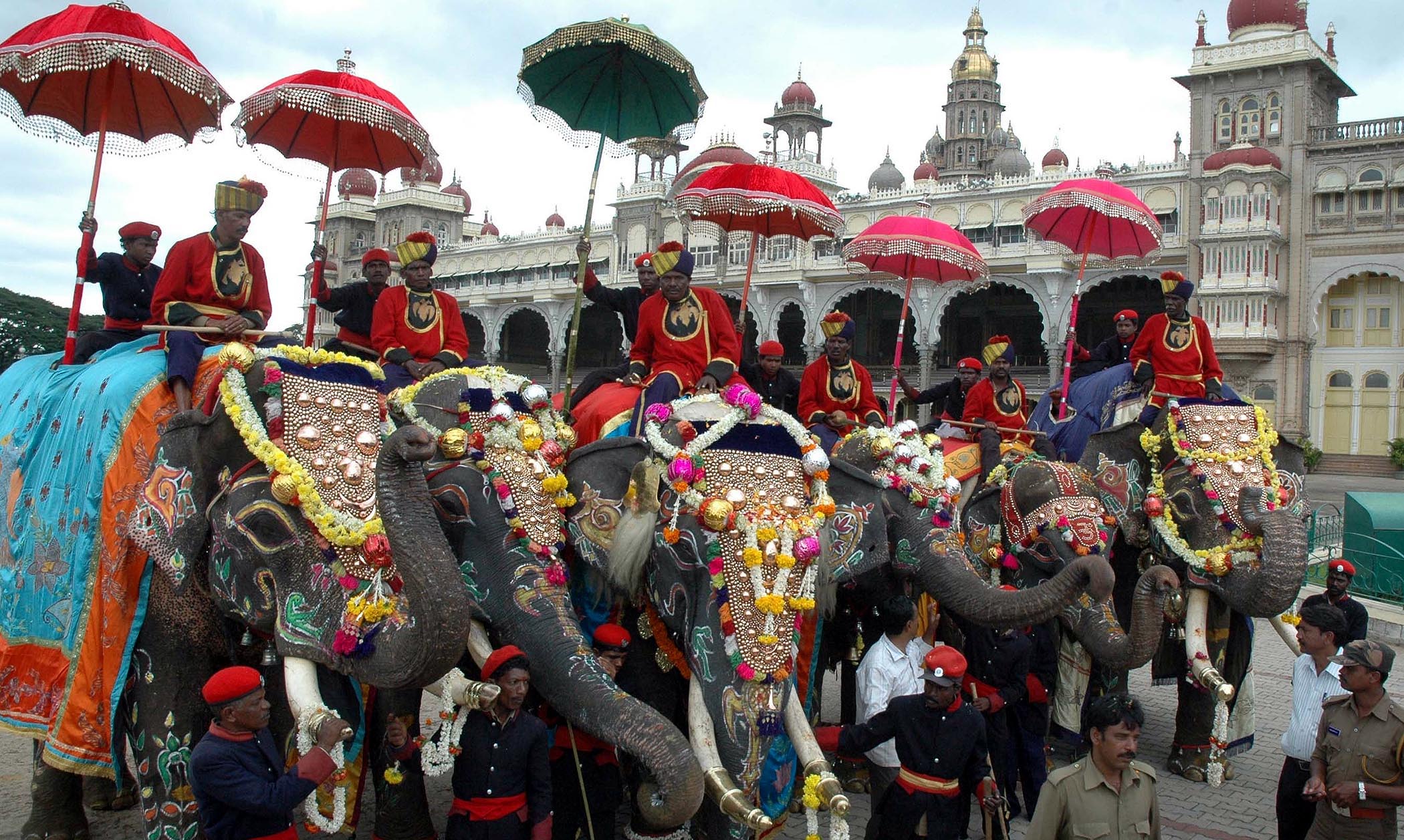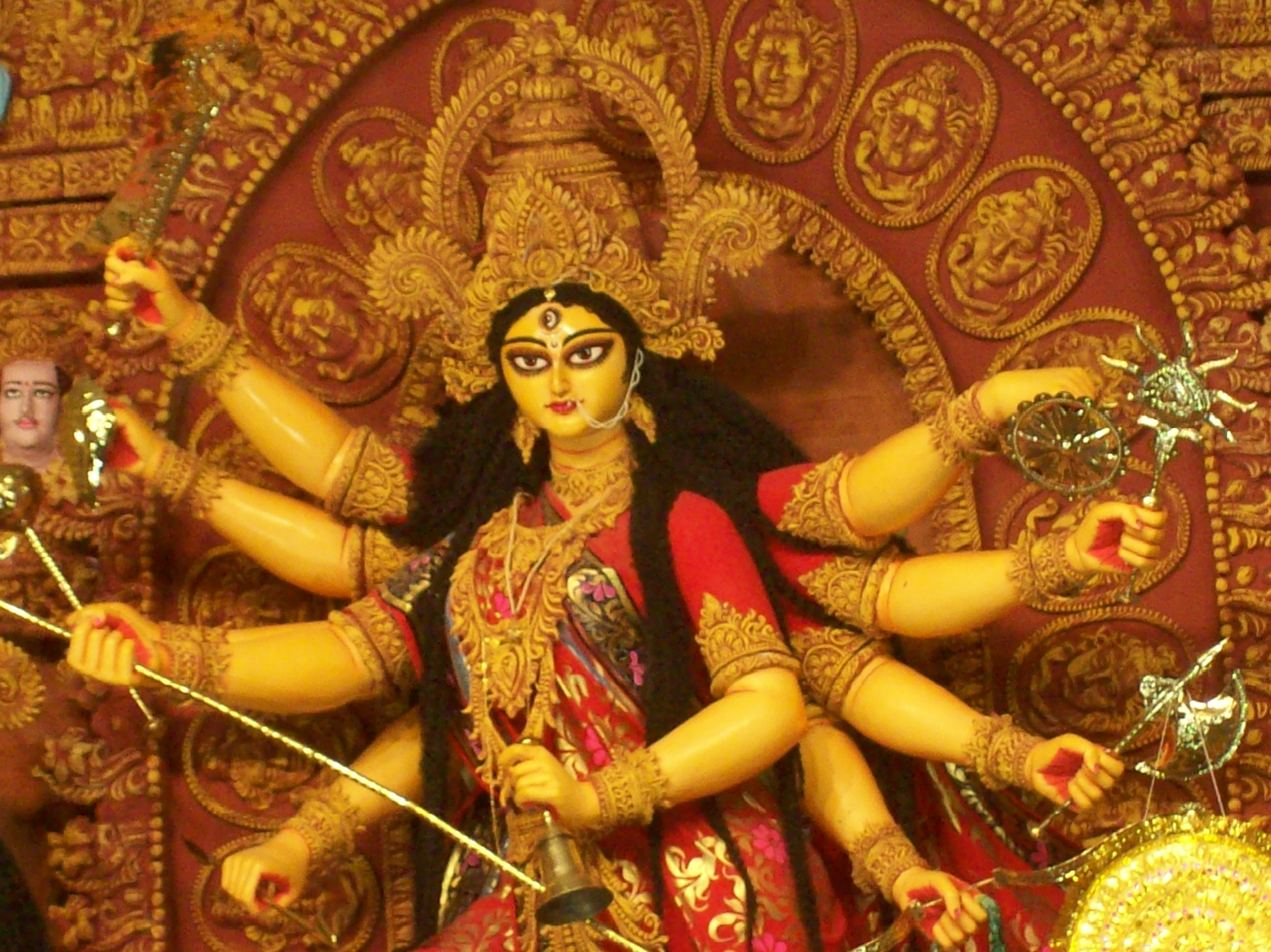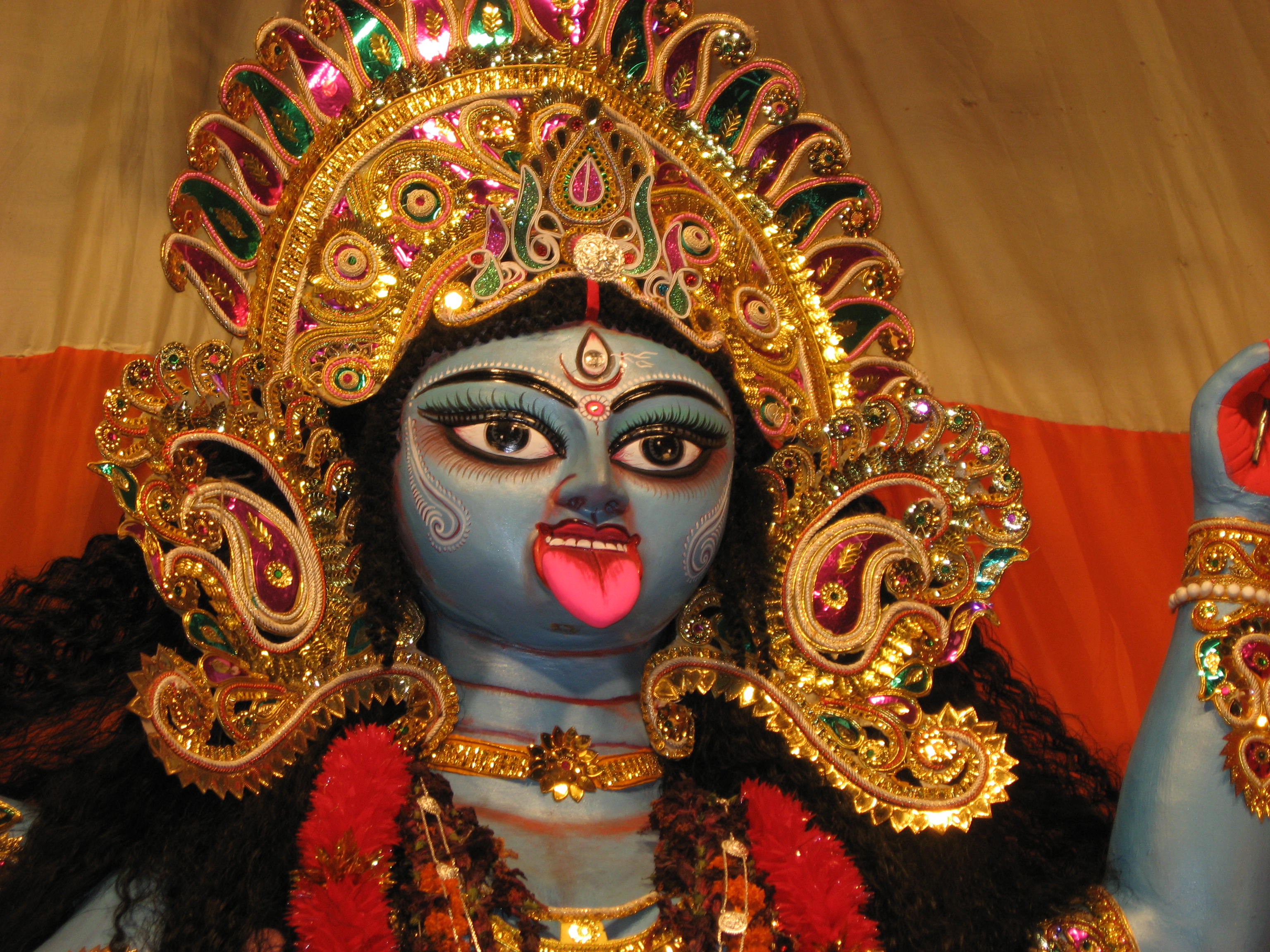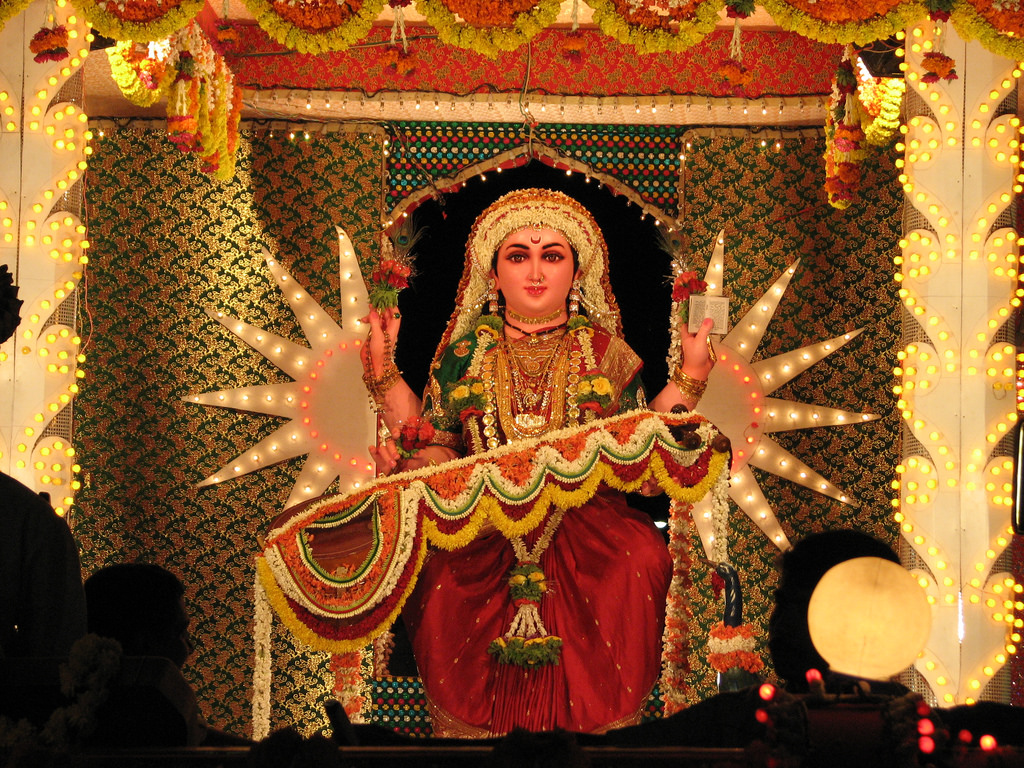Overcoming Diabetes with Yoga
Diabetes is a serious issue to be addressed in our society. Especially as we are seeing drastic increases in the number of people developing the disease in modern times.
According to World Health Organization, the number of adults living with diabetes has quadrupled since 1980, amounting to 422 million adults. Diabetes is seeing an exponential increase, especially in India and China. This is an alarming situation for the whole population.
On International Yoga Day June 21st 2016, Prime Minister Narendra Modi expressed: “We will again celebrate Yoga Day next year; until then, let’s concentrate on diabetes. The year round, let’s make it our primary target for the year. India is seeing a rise in diabetes. It can at least be controlled. Let’s start a mass movement…”
Why are we seeing such a drastic increase in diabetes? How does the disease form? Can it be prevented or cured?
In the last several decades, especially after the 1970’s, we have seen an unprecedented increase in the amount of processed foods we consumed, especially fats and sugars. Refined sugar or fructose is added to almost every product we buy on the shelves. Integral grains are stripped of their natural form and turned into refined flour. These changes coupled with our increasingly sedentary lifestyle is a deadly combination for the human body. Most people prefer to sit in front of the television or their electronic devices as opposed to going out and doing exercise. We prefer ready-made food as opposed to cooking fresh vegetables. Our current lifestyle is designed for the least amount of movement and effort, which is quite unfortunate.
Diabetes is a disease where the pancreas no longer produces sufficient insulin for the cells to absorb sugar from the food we consume, or where cells become insulin resistant and no longer take in the sugar from the blood. In both cases, this results in sugar build-up in the blood stream, which over time causes very serious health problems, eventually leading to death.
The current available treatments for diabetes only manages the symptoms, and people become insulin dependent for the rest of their lives. Is that the only solution?
Yoga is a body-mind-spirit science that was revealed by Sadashiva over 15 thousand years ago. In the course of millennia, it has been proven to be the ultimate form of living to keep every aspect of our lives to its peak potential. Yoga is very beneficial for the prevention and treatment of diseases, especially diabetes, as demonstrated by a number of modern studies (e.g. Singh et al. 2008, Balaji et al., 2011)
Paramahamsa Nithyananda has designed a series of powerful yogic techniques called Nithya Kriyas, to heal the most common diseases and disorders, including diabetes. The Nithya Kriya for Diabetes is so powerful, that most people report significant decrease in blood sugar levels after the very 1st session.
Paramahamsa Nithyananda affirms that 11 days of the practice of the Nithya Kriya for diabetes can bring about a complete and permanent transformation in the person, where the sugar assimilation comes back to a normal state.
Nithya Kriyas represent a permanent solution because they are techniques that tap into the bio-energy. In Yoga, this is referred to as the “Kundalini Shakti”, the infinite source of cosmic energy that is present in our body. Once awakened, the Kundalini energy heals and restores health in any aspect of our lives.
Nithyananda Yoga coupled with the practice of Nithya Kriya for diabetes is the best combination to start a virtuous cycle of healing and relief from diabetes.
We invite you to try the 11 days diabetes relief challenge! Just follow the steps outlined in the Nithya Kriya for diabetes, once a day on an empty stomach. Note down your sugar levels before and after the practice and make sure to eat something 15 minutes after the practice of Nithya Kriya for diabetes.
Share your experiences with us. We’ll be happy to guide you further on your path of enjoying a diabetes-free life!
References
- Balaji P.A. MD, PG [Diab]PGDMLE (NLSIU)1, Dr. Smitha R. Varne BNYS, MD, CFN, (MSc)2, *Dr. Syed Sadat Ali MD,DHHM1, Effects of yoga – pranayama practices on metabolic parameters and anthropometry in type 2 diabetes, International Multidisciplinary Research Journal, 2011
- Singh S., Kyizom T., Singh K. P. , Tandon O. P. , Madhu S. V., Influence of pranayamas and yoga-asanas on serum insulin, blood glucose and lipid profile in type 2 diabetes, Indian Journal of Clinical Biochemistry, October 2008, Volume 23, Issue 4, pp 365–368
Nithya Kriya for Diabetes
Follow the video instructions online
Important Caution
The following tecnique is for personal use only. Not all exercises included in this technique may be suitable for everyone. Listen to your body and your doctor. Consult your doctor prior to following any of the practices in this technique. Any liability, loss or damage in connection with any use of this technique is expressly disclaimed. Any content contained in this technique is intended for your education and general knowledge of yoga and spirituality and is not a substitute for medical advice or treatment for a specific medical condition.
Steps to be followed:
- GOMUKHA ASANA
- UDDEEYAANA BANDHA
- BHASTRIKAA KUMBHAKA
- MOORCCHAA KUMBHAKA
- BRAMHAREE KUMBHAKA
- GOMUKHA ASANA
GHERANDA SAMHITA, UPADESHA 2, VERSE 16
TECHNIQUE
- Bend the left knee and place the left foot near the right buttock.
- Bend the right knee and place it over the left thigh so that the right foot lies near the left buttock.
- Now place the hands on the respective ankle.
- Raise your head a little.
- Stay on this pose for 30 seconds.
IN GOMUKHA ASANA, NEXT-
- UDDEEYAANA BANDHA
GHERANDA SAMHITA, UPADESHA 3, VERSE 10
TECHNIQUE
- Sit on same asana and Keep the spine straight. Head should be up and eyes should be kept open.
- Take a deep breath in and exhale completely, but do not be forceful.
- After exhaling, perform jaalandhara bandha by moving the chin down to the chest and raising the shoulders.
- Pull the abdominal muscles inward so that the organs of the abdomen touch the back muscles.
- Hold as long as you can.
- When you can’t hold anymore, Before inhaling, relax the stomach and abdomen, release jaalandhara bandha.
- Then inhale through the nostrils slowly.
- Before repeating another round, breathe normally for a minute or two.
- Do this 3 times initially and gradually increase up to 10 times.
IN GOMUKHA ASANA, NEXT-
- BHASTRIKAA KUMBHAKA
GHERANDA SAMHITA, UPADESHA 5, VERSES 75- 77
TECHNIQUE
- Inhale slowly expanding the stomach and exhale slowly. Do this 21 times.
- After 21 times, inhale slowly and hold the breath as long as you can.
- When you feel you cant hold quickly expel the air with the sound of bellows. At this moment the stomach should contract to touch the back (This is one Bhastrikaa)
- Do this complete sequence three times.
IN GOMUKHA ASANA, NEXT-
- MOORCCHAA KUMBHAKA
HATHA PRADEEPIKAA, CHAPTER 4, VERSE: 60
TECHNIQUE
- Sit in the same asana.
- Place the palms of the hands on the knees and close the eyes.
- Inhale slowly and deeply.
- Hold the breath with Jaalandhara bandha.
- Keep holding the breath for even longer than is comfortable.
- Exhale in a very controlled manner while keeping Jaalandhara bandha.
- Do this 21 times.
IN GOMUKHA ASANA, NEXT-
- BHRAAMAREE KUMBHAKA
GHERANDA SAMHITA, UPADESHA 5, VERSES 78-82
TECHNIQUE
- Close your ears with with hands and close your eyes and hum intensely.
- Do this for 7 minutes.
Note: 10-15 minutes after doing this kumbhaka one should eat something
End of Kriya
By – Sri Nithya Mitrananda
Disclaimer: The facts and opinions expressed within this article are the personal opinions of the author. Hinduism Now does not assume any responsibility or liability for the accuracy, completeness, suitability, or validity of any information in this article.











